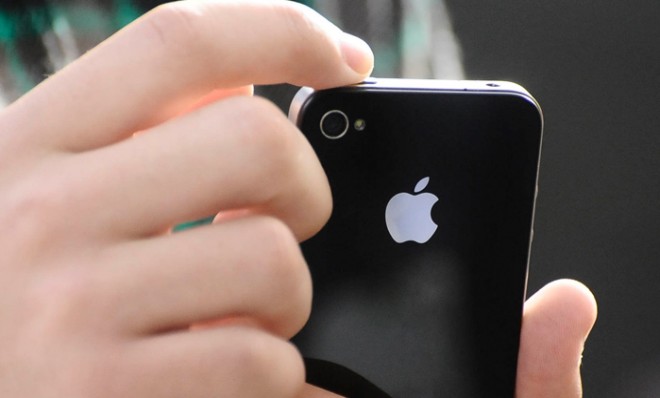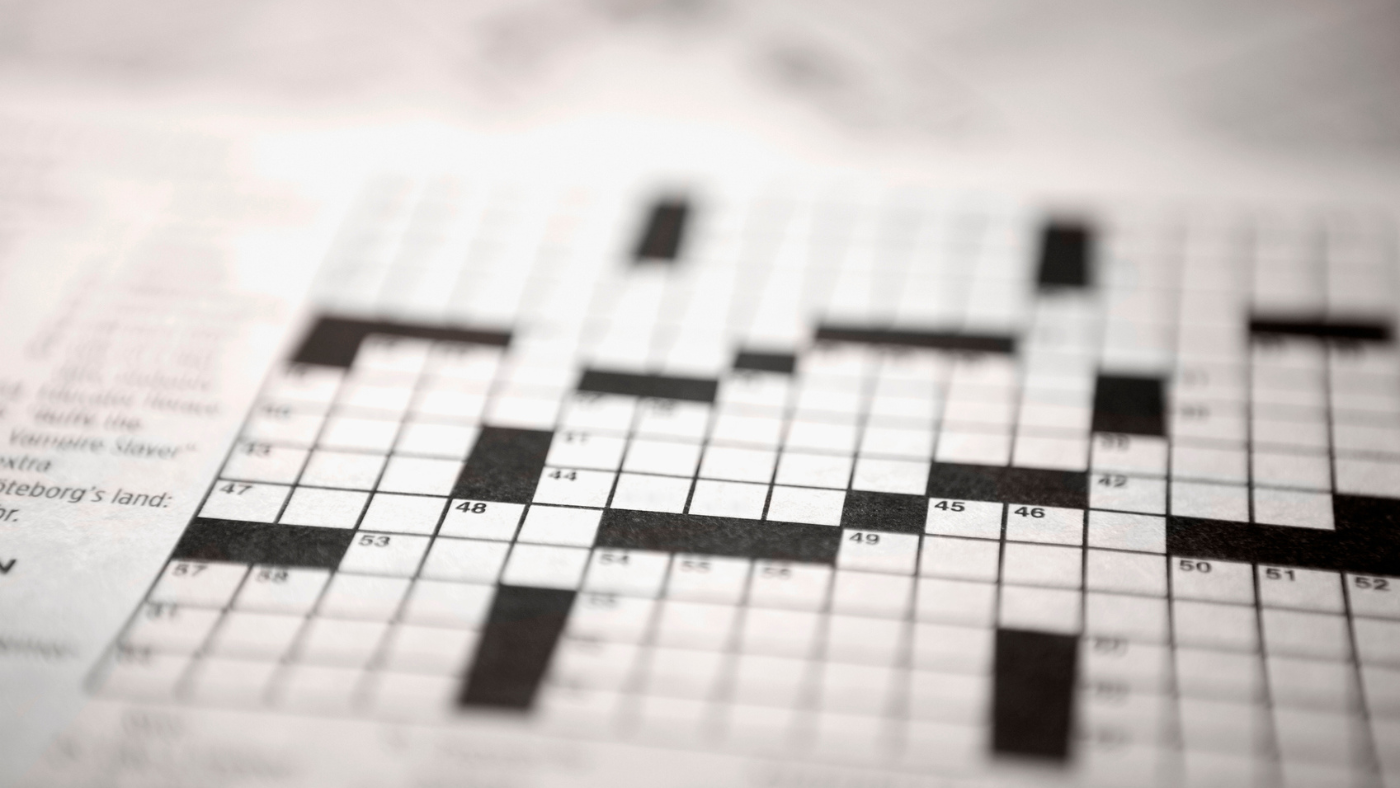The forgotten origin story of the iPhone's 'tri-tone' text message sound
It was originally created for a '90s mp3 player

It's the familiar sound that emanates from millions of tiny pocket computers countless times a day, a friendly Pavlovian signal that says, "Hey! Someone wants to talk to me."
Yep, we're talking about the iPhone's famous "tri-tone" message alert, which comes as the factory default for every little Apple machine. And now, thanks to producer Kelly Jacklin, we know where this sound came from.
In 1998, a few friends asked Jacklin to work on sounds for a new mp3 player called DAS (what that stood for, exactly, is a bit unclear), which would eventually become SoundJam.
The Week
Escape your echo chamber. Get the facts behind the news, plus analysis from multiple perspectives.

Sign up for The Week's Free Newsletters
From our morning news briefing to a weekly Good News Newsletter, get the best of The Week delivered directly to your inbox.
From our morning news briefing to a weekly Good News Newsletter, get the best of The Week delivered directly to your inbox.
Seeking an mp3 player of its own to compete with WinAmp (remember that?), Apple eventually purchased SoundJam in 2000, and re-released it on January 9, 2001, as iTunes 1.0.
At first, the tri-tone chime — which Jacklin describes as the "boo-dah-ling" sound — was intended to be used for when a CD burner finished writing. "I was looking for something 'simple' that would grab the user's attention," writes Jacklin. "I thought a simple sequence of notes, played with a clean-sounding instrument, would cut through the clutter of noise in a home or office."
Jacklin says he was into the sounds of kalimbas and marimbas at the time. Not being much of a keyboardist, he wrote down a few short sequences in a program called Macintosh Common Lisp, which were later run though an MIDI player. (The whole thing gets pretty technical, but you can read about it here.)
After coming up with a couple of short musical phrases, Jacklin settled on what would eventually become iOS's distinctive tri-tone.
A free daily email with the biggest news stories of the day – and the best features from TheWeek.com
So how, exactly, did the sound end up on the iPhone? Here's Jacklin, in his own words:
Fast forward quite a few years, and the iPhone comes out. I was not involved in development of the iPhone, nor iOS, although I was unsuccessfully courted by the iPod software guy (Tony Fadell) right when I was considering the move to work on audio software (I went to the Pro Apps group at Apple instead). So imagine my surprise when the iPhone ships, and the default text message tone is... "158-marimba", now going by the clever (and not actually accurate, from a music theory perspective) name "tri-tone." [Jacklin Studios]
Pretty neat, huh? Now the sound is almost universally recognizable, showing up in everything from Apple commercials to hit shows like Orange is the New Black.
And for what could have been, head over to Jacklin's blog to check out a few of the other top tone candidates, like "418-kalimba" or "8531-pizzicatto."
-
 A fentanyl vaccine may be on the horizon
A fentanyl vaccine may be on the horizonUnder the radar Taking a serious jab at the opioid epidemic
-
 The 8 best comedy TV series of 2025
The 8 best comedy TV series of 2025the week recommends From quarterlife crises to Hollywood satires, these were the funniest shows of 2025
-
 Codeword: December 16, 2025
Codeword: December 16, 2025The daily codeword puzzle from The Week